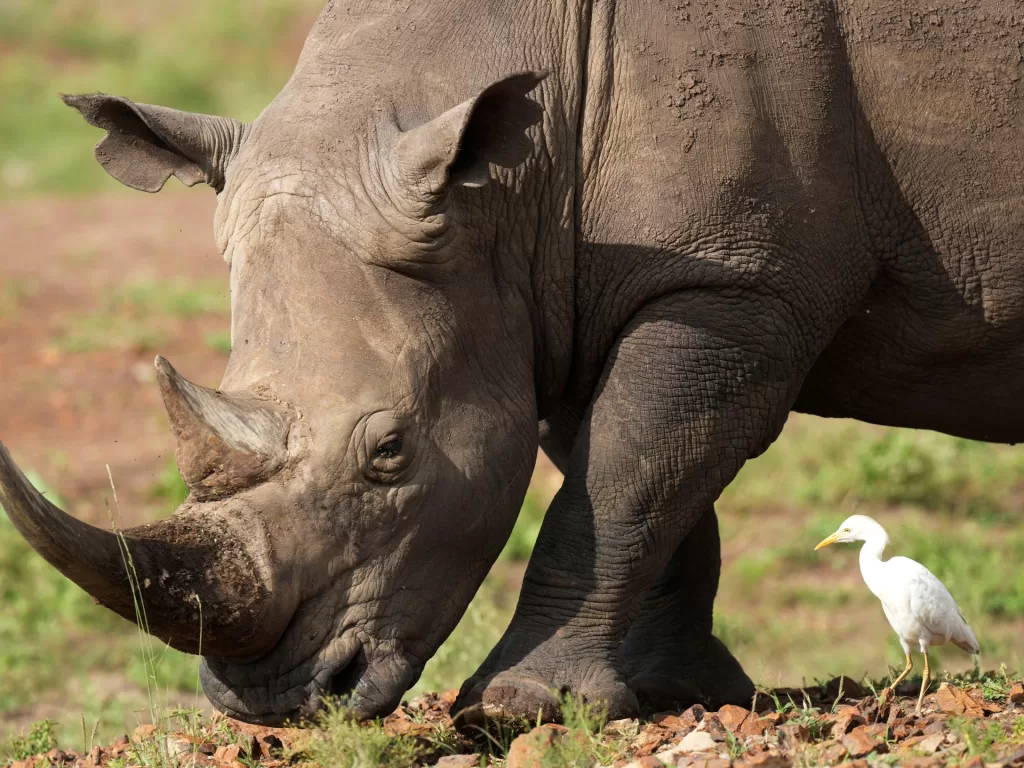Africa reports 586 rhinos killed in 2023, up from 551 in 2022, with poaching the main threat.
Rhinoceros numbers across the world increased slightly in 2023, but so too did the number of animals killed by poachers, according to a new report.
Thanks to preservation efforts, the white rhino population increased by 1,522 to 17,464 in 2023, an annual report by the International Rhino Foundation said as it marked World Rhino Day on Sunday. However, the number of black and greater one-horned rhinos stayed the same, it added.
That left the global rhino population of the five subspecies at about 28,000, which stood at 500,000 at the beginning of the 20th century.
In Africa, one rhino was killed every 15 hours last year as demand for the animal’s horn remains high, the State of the Rhino report says.
A total of 586 rhinos were killed across the continent, most of them in South Africa, which has the highest population of rhinos at an estimated 16,056. The number of killed rhinos increased marginally from 551 in 2022, according to the International Union for Conservation of Nature.
Still, the white rhino population in South Africa is on the rise despite the poaching thanks to preservation efforts, the report said.
While thriving in several regions, the total black rhino population declined slightly over the last year due to heavy poaching in Namibia and South Africa.
Since July 2023, Indonesian authorities have been investigating and prosecuting Javan rhino poaching groups, who confessed to killing 26 animals in Ujung Kulon National Park from 2019 to 2023.
In India, the one-horned Asian rhino population has risen from 1,500 four decades ago to more than 4,000 thanks to conservation and antipoaching efforts, according to government data included in the report.
Rhinos face various environmental threats like habitat loss due to development and climate change but poaching, based on the belief that their horns have medicinal uses, remains the top threat.
Philip Muruthi, the vice president for species conservation at the Africa Wildlife Foundation, said protection has played a big role in increasing the rhino population.
In Kenya, their numbers rose from 380 in 1986 to 1,000 last year, he said. “Why has that happened? Because the rhinos were brought into sanctuaries and were protected.”
Muruthi advocates for a campaign that will end the demand for rhino horns as well as the adoption of new technology in tracking and monitoring rhinos for their protection while also educating communities where they live on the benefits of rhinos to the ecosystem and the economy.
Known as megaherbivores that mow the parks and create inroads for other herbivores, rhinos are also good for establishing forests by ingesting seeds and spreading them across the parks in their dung.
